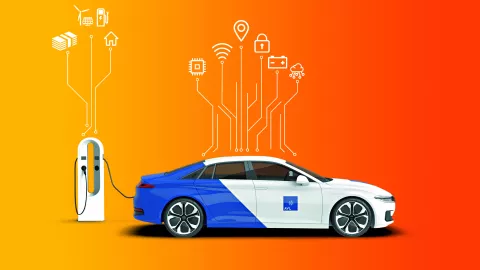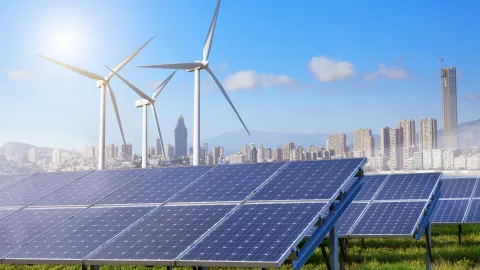OEMs and their industry partners increasingly need to take over responsibility of the CO2 impact along the whole lifecycle and the entire supply chain. This responsibility starts with the mining of raw materials and extends to second use and the recycling phase.


Analysis of the CO2 footprint of your supply chain
- We analyze supplier and customer production processes for components (e.g. battery cells) and powertrains
Optimization of your CO2 footprint
- We identify tangible measures for optimizing the production process based on previous analysis and assessments of investments in CO2 reduction
Sustainable design of components and vehicle systems
- CO2 is considered as target parameter in all design steps
CO2 battery benchmarking
- You will receive detailed information on the CO2 impact of battery manufacturing, used materials and costs
CO2 supply chain audits and certification
- We can coordinate audits, validate and verify collected data and results
Our proven services tackle various viewpoints on technology, energy, CO2, costs, and the market environment.
Customized Sustainability Strategies
Our customized sustainability strategies condense the most sophisticated powertrain design and engineering know-how combined with real-life product and production data.
Detailed Lifecycle Know-how
Full understanding and expertise of the CO2 impact on the supply chain in a combination of real-world measured values with CO2 modeling.
Digital Twin from Production to Recycling
We apply a digital twin approach for energy-based control and scheduling of production.
Raw Material composition of components
Analysis report for used raw materials in a component. Suggestions of alternative suppliers and materials.
CO2 footprint of energy carriers and availability
Report with benchmarking results of different energy carriers and their CO2 footprint from well-to-wheel. We include the availability for defined powertrains and regions.
CO2 Hot spot analysis in Bill-of-Material
Qualitative evaluation of bill-of-material (BOM) in respect to CO2. The Identification of main CO2 drivers and potential counter measures is included.
Supply chain audit
Planning and execution of supply chain audits and certification. Coordination of audits, validation and verification of collected data and results.
Related Topics
We are constantly working on new solutions. The following might be interesting for you:





